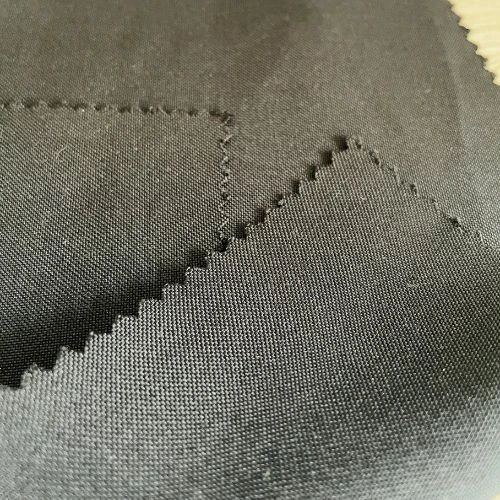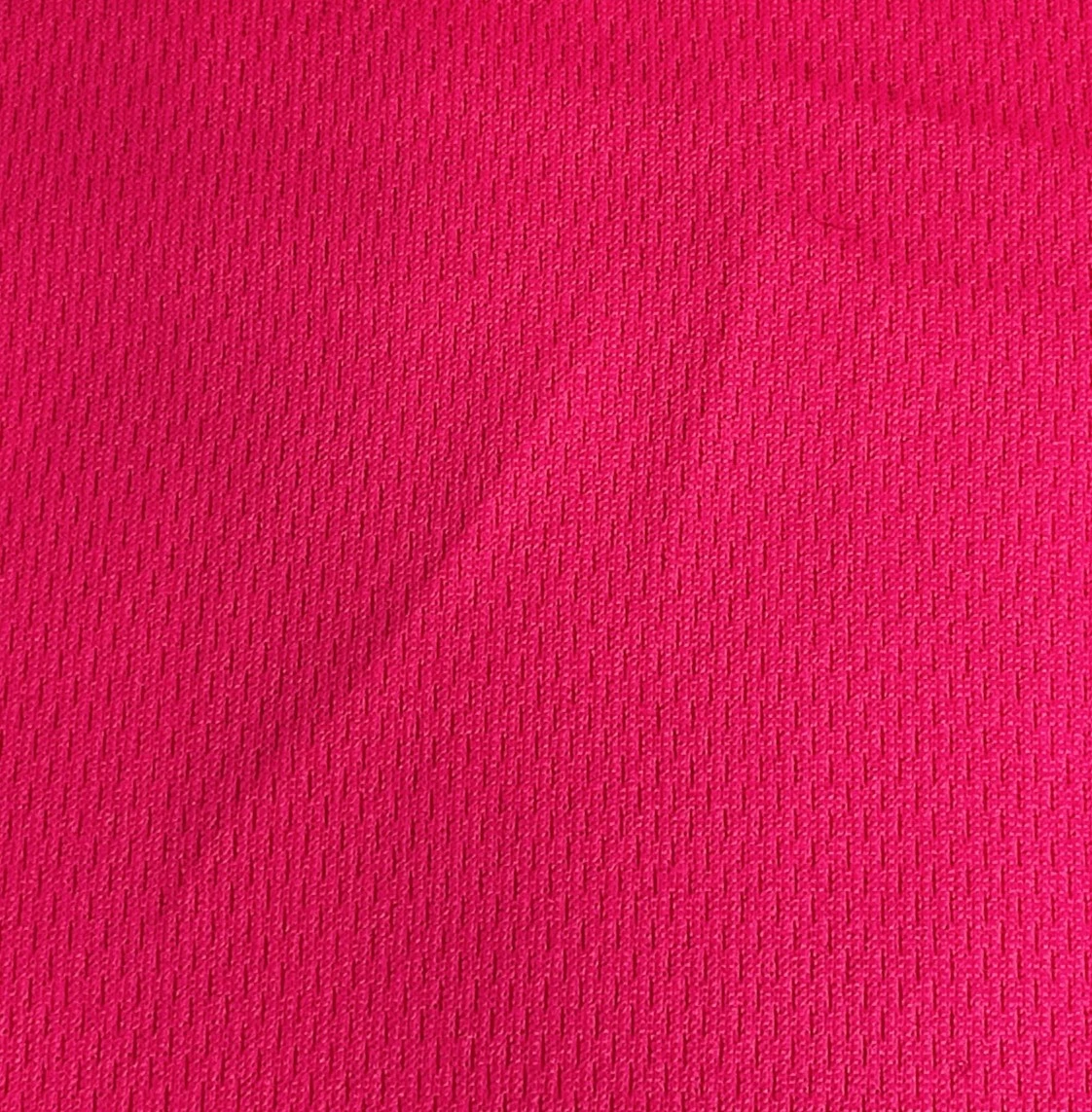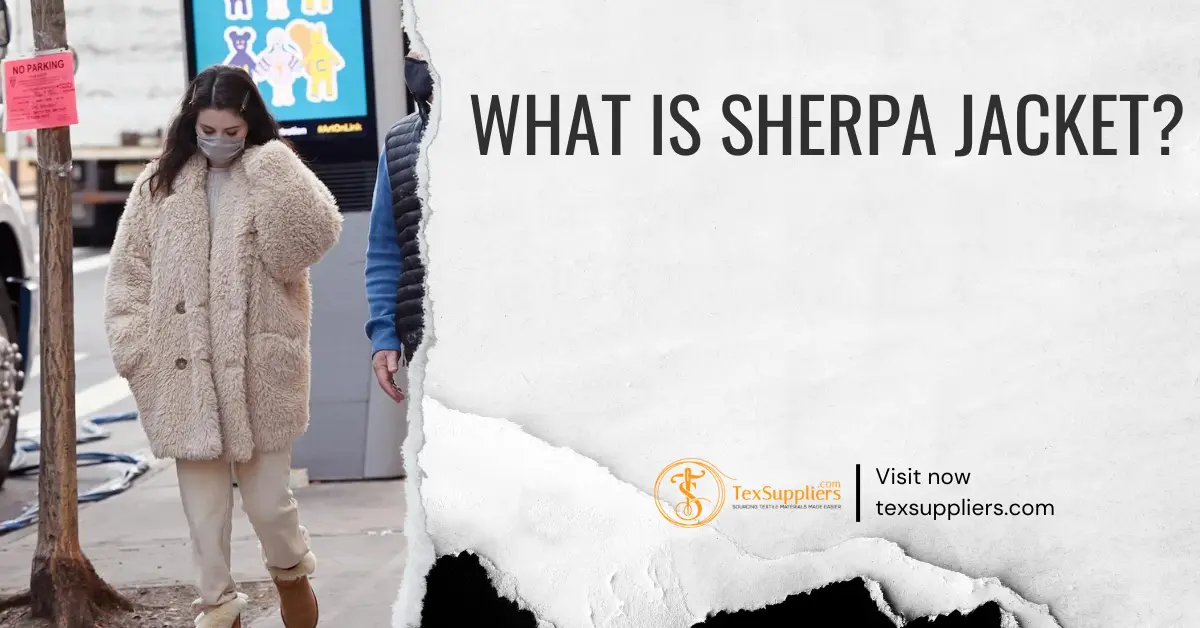In the world of fashion, the journey from an idea to a garment hanging on a store rack involves a complex and fascinating process. Let's delve into the intricate world of clothing manufacturing and understand the steps that bring your favorite outfits to life.
Table Of Contents
How Clothes Are Made? Clothing Manufacturing Process
The clothing we wear is mostly made from woven or knitted fabrics. The process of converting fabrics into wearable clothing is known as clothing manufacturing. The clothing manufacturing process consists of some sequential steps that apparel industries follow. But many people don’t know How Clothes are Made in garment factories. If you are one of them and are interested to know how clothes are made, this 'Clothing Manufacturing ' article is meant for you.
Based on my 10-year study on textile and garments technology and 5-year practical experience, I will explain each and every step involved in the garment manufacturing process. First, let me tell you the process flowchart of clothing manufacturing Process.
Clothing Manufacturing Process
Design/Sketch:

Usually, the design of a particular garment including its required features is provided by the buyer to the manufacturer after placing an order. The main purpose of providing a specific sketch or design is to check the garment if it looks like the sketch after the garment is manufactured. Generally, the sketch of particular clothes is produced on paper either manually or by using a computer.
Pattern Making:

A pattern is a hard paper copy of each component of the garment with exact dimensions. The pattern is made by following technical sheets and artwork. It’s used as a template to cut the fabric for making any kind of apparel. The pattern includes allowances like seam allowance, trimming allowance, dirts, pleats, and ease allowance.
Pattern designing in most factories is done by using a CAD system although some manufacturers still make patterns manually.
Fit Sample:

The patterns are used to cut the fabric to the exact dimensions of garment components which are then assembled to make a garment as a sample. The main target of making this sample is to follow the buyer’s instructions about the style of the garments. Then the sample is sent to the buyer to rectify if needed.
Production Pattern Making:

The patterns used in approved sample garments are used for making production patterns. When designing production patterns, it may require modifying pattern designs if the buyer suggests any minor modifications.
Pattern Grading:

Normally any style of garments requires different sizes to produce, especially for large-scale garment production. For different sizes of garments, different sizes of patterns are made by using a grade rule which is called pattern grading. Grading could also be done manually or in a computerized system.
Marker Making:

A marker is a printed thin paper having the symbols of all components of a garment on it. It indicates the correct position of each component of garments and makes sure that each piece follows the specific outlines. In garments manufacturing factories, workers use pins or staples to keep the marker stay in place on the fabric.
The marker is important to ensure the maximum number of garments produced with minimum wastage. A marker not only makes the cutting process easier, but it’s also useful for fabric consumption estimation as well.
Fabric Spreading:

It’s the process of spreading fabric layer by layer on the cutting table. The spreading is done manually or by using the automatic spreading machine. The length of the layer is dependent on the length and width of the marker. Multiple layers are spread on the cutting table, and the number of layers depends on the thickness of the fabric. Usually, the height of the fabric layer is limited to up to six inches. But 4-5 inch height of the lay is recommended.
Fabric Cutting:

Cutting is one of the most important steps of the apparel manufacturing process. After the fabric spreading and laying is done, the marker paper is placed on the fabric layers and pinned with the fabric to avoid unwanted movement of the marker during cutting. Then the fabric layer is cut as per the exact dimension of each pattern. Generally, the straight knife cutting machine is used to cut out the garment components.
Care must be taken during cutting because it’s a major operation. Once the fabric has been cut, no way to go back or rectify the defects.
Sorting or Bundling:

After cutting, ply numbering is done on each component of the garment to avoid color or shade variation in the parts of the same garment. Then all the cut components are sorted by size and color and sent to the next process. Sorting is done manually.
Sewing or Assembling:

Sewing is the most important operation in clothing manufacturing. In this process, all the components of a garment are assembled to make a complete garment. Different types of sewing machines are arranged in vertical lines to stitch the garments. The arrangement of the types of sewing machines depends on the sequence of garment assembling operations.
Inspection:

After the completion of sewing, each and every garment passes to the inspection table where the garments are carefully and thoroughly checked to detect defects present in the garment. The inspection is done by the quality checker or inspector. On the sewing floor, usually, inline inspection, roaming inspection, and end-of-line quality inspection are done by the quality checkers. If any defects, the quality checker suggests a possible solution to the operator responsible for making the faults. Then fault-free garments are sent to the finishing department.
Ironing and Finishing:

In this stage, the garments are treated with a steam iron to remove unwanted creases and wrinkles so that the clothes look nice. Besides, some other finishing processes like spot removal, uncut thread removal, and loose thread cutting are done in the finishing department.
Final Inspection:

It’s the final stage of inspection of the finished garments. The final inspection is done according to the buyer’s specifications. In this stage, measurements and visual faults like shade variation and correct labeling of size and content labels are checked. Defective garments are sent back for rectification.
Packing:

After final inspection, the garments are folded, tagged, and packed in poly bags recommended by the buyer. The packing is done dozen-wise, color-wise, and size-ratio-wise according to the buyer's instruction. The packing is done manually.
Cartooning:

For the easy transportation of finished garments in bulk and to minimize the damages, the garments are packed into bigger cartoons as per buyer specifications. All cartoons are marked with required information in printed form which is clearly visible from outside of the cartoon. Usually, cartooning is done manually.
Shipment:

After all the above-mentioned processes are done, the garments are sent to the buyer's recommended port for shipment.















Comments - 00
Leave A Reply
Thanks for choosing to leave a comment.